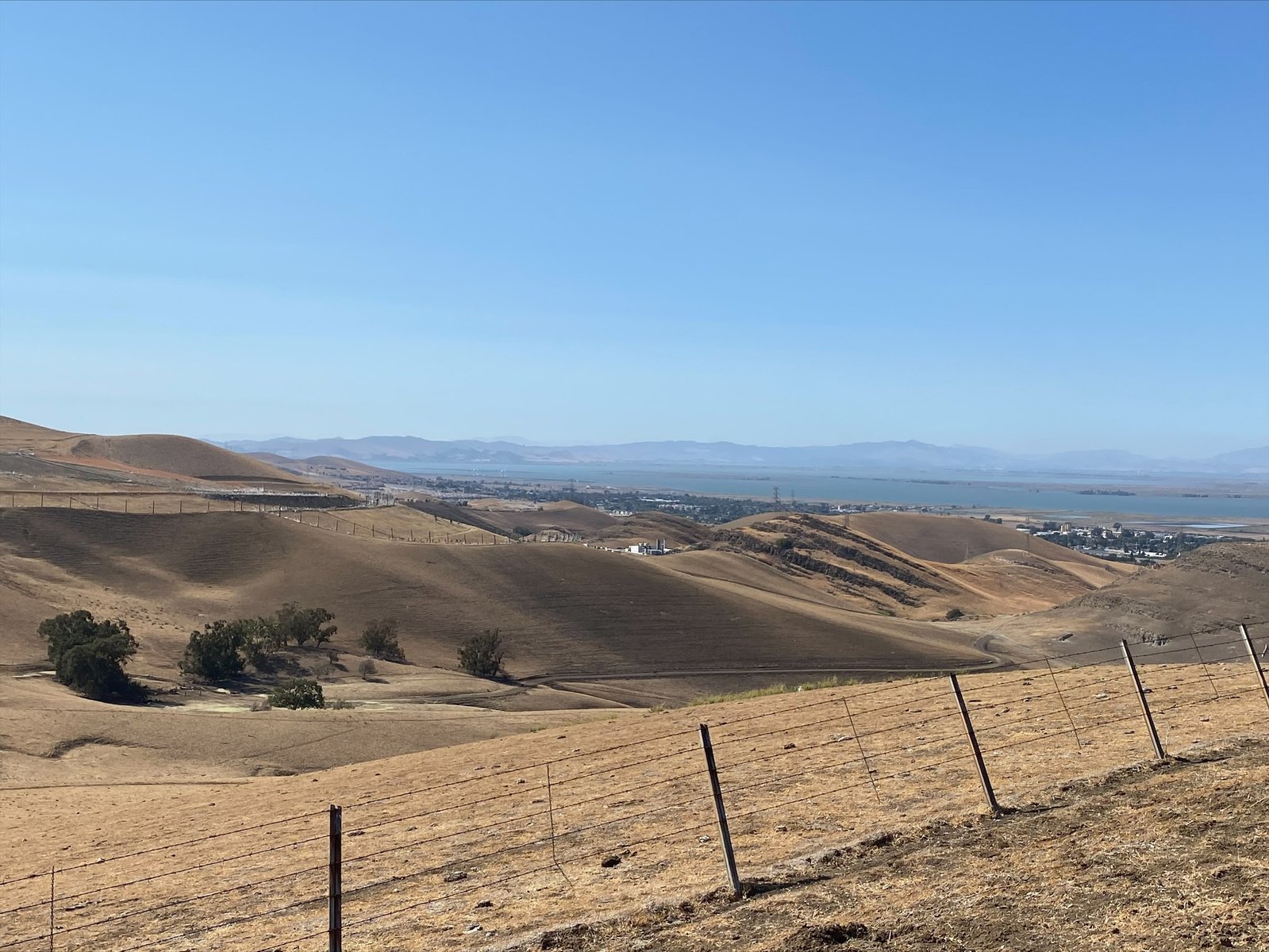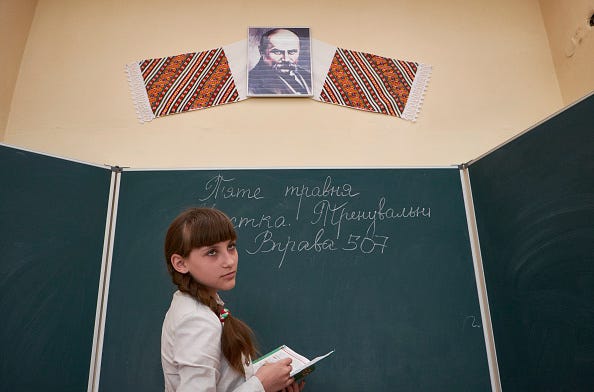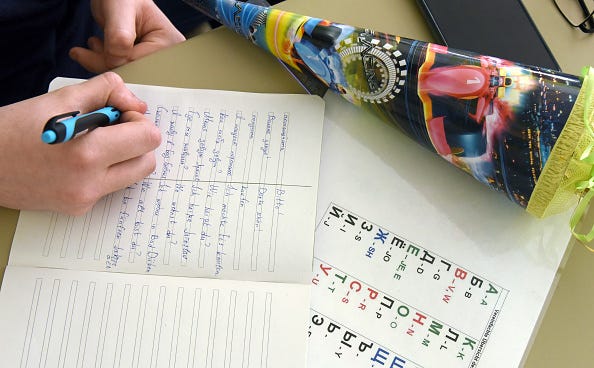On December 24, 2023, the NYR Online published an essay by Nadia Abu El-Haj about the crackdown on pro-Palestinian speech at Columbia University and Barnard College, where she holds the Ann Whitney Olin professorship in the anthropology department and codirects the Center for Palestine Studies. “Since the start of the latest Israel–Palestine war,” she wrote, “it has become all but de rigueur for universities to censor speech criticizing Zionism and the Israeli state—especially when student groups are involved.” By appealing to “extraordinarily broadly construed” interpretations of words like “safety,” “security,” and “intimidation,” she argued, Columbia and other schools were making “an end-run around the university’s First Amendment principles—its foundational commitments to freedom of expression.”
That essay was occasioned by Columbia’s decision in November to suspend two student groups, Students for Justice in Palestine (SJP) and Jewish Voice for Peace (JVP). Now the tactic that Abu El-Haj analyzed has surged back to the center of public life. On the morning of Wednesday, April 17, a group of Columbia undergraduates set up a constellation of tents on one of the campus’s central lawns and resolved to stay until the university divested from “companies and institutions that profit from Israeli apartheid, genocide, and occupation in Palestine.” The same day the university’s president, Minouche Shafik, told Congress that she had “absolutely no hesitation in enforcing” Columbia’s newly tightened policies regulating events, demonstrations, and speech. The following afternoon she made good on her word by calling in the police, who cleared the encampment and arrested more than a hundred students. In her letter to the NYPD she used the word “safety” four times.
Since then the Columbia encampment has reemerged—and with it more than forty others at schools around the country. Harsh police repression has often greeted these protests as well; at NYU and Emory, faculty members have been arrested along with their students. On Friday I called Abu El-Haj to discuss these latest developments. We spoke about the past ten days at Columbia, the erosion of faculty governance, the rhetoric of safety and security, and the future of the student movement. Our conversation has been edited for length and clarity.
Max Nelson: What has it been like to be on campus this past week?
Nadia Abu El-Haj: It’s been hard. The students set up the encampment overnight on Wednesday of last week. This was the same day that President Shafik testified before Congress about the alleged crisis of antisemitism on campus. I came early in the morning, and the police had already started making threats, first that they would clear the camp at 11 AM, then that they would come in at 1:30 PM. So a few other faculty and I spent the whole day there. The students were very calm. They gave talks, listened to music, had a teach-in or two. But the threat of the police intervention hung over everything.
I went home at one in the morning. The next day, in the early afternoon, we got a heads-up that the police were coming in. I walked back over to the encampment. At that point it wasn’t just the students inside; there must have been a thousand students surrounding them. I was right up against the hedge that encloses the lawn, and there were six layers of students behind me. It was disturbing and scary. This was the riot police: they came in with their helmets and billy clubs.
The first thing the police did was surround the encampment facing outwards. I wasn’t worried that the students inside the encampment would, so to speak, do anything to get themselves beaten up. They were very well prepared. They sat there. They knew what they were going to do. But the students around the encampment had not prepared for this, and they were really upset. Not all of them were there because of pro-Palestine politics. Many were there because calling the police onto campus was just so over-the-top. I kept thinking that if one of those students outside the encampment decided to try to push through the line of police, all hell would break loose. Thankfully, that didn’t happen. The only reason we didn’t descend into violence that day was that the students remained calm. They were the only adults in the room, all of them.
This was political theater directed at Congress. The Columbia administration had promised a crackdown, and the day after testifying, President Shafik calls in the police—for the first time since 1968. But on what planet did they think bringing in riot police was going to calm the campus down? I can’t vouch for this, but I was told by someone who’s connected with the upper echelons of the administration that they were shocked that the faculty was so upset by the decision to call in the police. But that decision was the last straw: it galvanized faculty who otherwise not only had no involvement in pro-Palestine politics but in some cases actively disagreed with the students. Under the banner of the American Association of University Professors at both Barnard and Columbia, faculty have organized a demonstration and criticized both presidents.
Far from solving the problem, once the riot police arrested the students and Columbia staff cleared the initial encampment, students moved to an adjacent lawn and set up an encampment much bigger than the first one. It’s unbelievably well organized. There’s a food area; people are going around picking up trash; they have a code of conduct that you have to consent to before you come in, including prohibitions on harassment, littering, drugs, and alcohol. It’s extremely calm and somewhat festive. The tension on campus comes from the constant threat of whether they’re going to call the police in again—although as of now I don’t think that will happen—and from the militarization and demonstrations outside its gates.
House Speaker Mike Johnson’s visit brought even more attention to Columbia. His depiction of the campus as a dangerous, antisemitic place has been broadcast around the country. The campus was overrun by every possible news outlet that day, from the more mainstream ones to Fox News to dubious folks with press cards. The founder of the Proud Boys was there, hovering around the encampment. And Thursday night there was a rally outside the campus gates that had been organized by white Christian nationalists. They were very aggressive, trying to scale the gates, yelling “go back to Gaza,” calling students inside “monkeys.”
In sum, it has been tense, but not because of students. A few days ago, five students came into the encampment with a huge Israeli flag and posters with pictures of the hostages. They were asked to agree to the code of conduct, they agreed, and they came in. They stayed for two hours. Nobody bothered them, and they didn’t bother anybody. It’s really not unsafe.
Students are very upset about both the police and the terms of the suspensions. Barnard’s president, Laura Rosenbury, not only suspended students; she evicted them from their dorms. When they were released from jail late at night last Thursday, they turned on their phones to discover that they had been evicted. We had to find them places to sleep—at 11 PM and 12 AM, at one in the morning. They were literally put out on the streets. To be fair, Columbia has been less harsh: suspended students can be in their dorms and go to the dining hall, just not anywhere else on campus.
How did that extreme response break from the usual administrative requirements for suspension?
First of all, in order to charge students with trespassing on their own campus, you need to suspend them. They needed to have been suspended before the police came in. That procedure was mostly not followed. Barnard started suspending people beforehand, but most students got their interim suspensions after they were arrested and charged. It’s not clear, then, whether it was even legal. From what I’ve been told, one reason that the administrations were not able to suspend the students until after the arrests was that—with the exception of some prominent organizers the Barnard deans knew—they didn’t have the names of most participants. I am not sure how they compiled the names in the end, whether it was from the police or some other source.
More broadly, the administration is not following rules that for decades governed student conduct on either side of the street. On the Barnard side, as the Columbia Daily Spectator reported, the college unilaterally changed its Student Code of Conduct webpage—it is unclear precisely when—so that students are no longer allowed to have a lawyer at conduct hearings. On the Columbia side, they recently moved disciplinary hearings out of the normal channel, which would go through the University Judicial Board, and handed them over to the Center for Student Success and Intervention. In doing so they deprived students of the right to have a lawyer, and they’ve hired lawyers from Debevoise & Plimpton to handle the cases. The problem all year has been that the administrations are making up rules as they go along, often without even announcing the changes. We, as faculty members, find out that the rules have changed when the students get hauled into a procedure that didn’t exist before.
Columbia has a Senate, and after 1968 they set up a system of procedures, one of which is that the administration must consult with the Senate before calling police onto campus. Senate approval is not absolutely binding, but it’s the norm, the only exception being “clear and present danger.” That is, I suspect, why President Shafik used that language to describe the encampment in her letters to the Columbia community and the NYPD. She had approached the Senate to get approval, and its Executive Committee unanimously said no. Shafik called in the cops anyway. And then, after the arrests, the NYPD’s chief of patrol suggested that he wasn’t sure why the police were called in, that the students “were saying what they wanted to say in a peaceful manner.”
In your article from this past December you made the prescient argument that the administration was relying on slippery uses of the concept of “safety” to justify suppressing pro-Palestine speech. How have you seen that rhetoric of safety play out in recent weeks?
It’s how we got here. The rhetoric of safety—and very specifically the safety of “Jewish students”—has been driving the crackdown. Shafik has never met with the students in Jewish Voice for Peace and Students for Justice in Palestine. The administration simply suspended the organizations. They keep punishing them. The Task Force on Antisemitism has been operating without a definition of the word itself, which means, first of all, that any report of antisemitism is taken at face value. My guess is that the vast majority of the alleged incidents of antisemitism are simply pro-Palestinian demonstrations and speech. In reality we have no idea how widespread antisemitism is on campus, since no one has actually tried to parse the incidents that students, based on how they feel, have labeled antisemitic.
Let me be clear: I’ve heard of some incidents on campus of antisemitic name-calling. I also know that someone drew a swastika in the School of International and Public Affairs building. I don’t doubt that there are instances of antisemitism. I’ve also heard many reports of Muslim students having their hijabs pulled off, or of students wearing keffiyehs being called terrorists, and anti-Zionist Jewish students being cursed at and called kapos by their fellow Jewish students. This stuff is going to go on around the edges. But it’s essential to recognize that harassment is not happening to Jewish students alone, and that it’s not as rampant on campus as press coverage suggests.
To return to the question of what does and doesn’t count as evidence of antisemitism: the Task Force has held “listening sessions” with students, inviting them to discuss their experiences of antisemitism on campus. In several instances Jewish students have gone in, argued that they are not experiencing antisemitism, and asked the committee to distinguish between antisemitism and anti-Zionism, only for members of the Task Force to shut them down. The response has been, in effect: We are not interested in your politics. We’re interested in your experience. These students were saying, “but this is my experience; I’m telling you, I don’t think this is antisemitism,” and their feelings, their experiences, have been dismissed.
David Schizer, who cochairs the Task Force, suggested during the congressional hearings that there was a problem of “consistency.” Whereas conservative students are urged not to “articulate a particular position because it makes others feel uncomfortable,” when discomfort is expressed by Jewish students, “that kind of language has not been applied.” But if it’s only a matter of consistency, why has there been no significant response to the harassment and, at times, actual dangers that Muslim and Palestinian students have reported? I have a student who was threatened in her apartment by someone who found her address, and we could barely get a response from the same administration that claims to care about everyone’s safety.
Schizer and others suggest that in every other instance of potentially hateful speech, what students feel has been the determining factor. The inconsistency is that this has not been the case for Jewish students. I think that misrepresents the situation in two ways. First, until now, nobody was simply taken at their word. Certainly, there have been conversations in the past about rhetoric and how it makes certain students feel. But ordinarily, if a student feels unsafe or discriminated against or harassed, they go to the Equal Opportunity and Affirmative Action office, which then investigates the report. There has to be evidence. You don’t take anybody’s report at face value, whether it’s sexual harassment under Title IX or racial discrimination and harassment under Title VI. I spent two years on a committee at Barnard trying to figure out how we were going to think about free speech and academic freedom in relation to this challenge, and we were unanimous that how students feel is not the criterion. It can be investigated, but it is not evidence of harassment or discrimination prima facie.
Second, the institution’s current response to charges of antisemitism around pro-Palestine protest is far more serious than any of its responses to other charges of systematic racism have been over the years. When have they ever put so many resources into investigating alleged racism? There has never been a task force on anti-Black racism at Columbia, for example. That doesn’t mean there isn’t antisemitism. It means that Black students have never been able to galvanize an institutional response anywhere near this scale, nor have Palestinian or Arab or Muslim students, or any other racial or religious minority. Contrary to what Schizer suggests, then, the university’s response to charges of antisemitism is far more robust, at an institutional level, than anything we have ever seen before, at least during my twenty-plus years as a professor here.
Since Shafik sent in the police, we’ve seen students around the country set up encampments on their campuses, calling on their institutions to divest from companies implicated in Israel’s war on Gaza. It’s become a much broader movement. What do you make of that development?
If the students in the encampment at Columbia walked away today, they would still have won. It’s an extraordinary victory. They have shaken up Columbia and Barnard at an administrative level in a very serious way. They have stoked faculty opposition to the administration’s behavior. Most importantly, they’ve launched a national and, increasingly, an international movement. What I find shocking is the number of police crackdowns around the country to break up their own student encampments—because it worked so well at Columbia? You have to wonder, do these administrations learn nothing? Do they really think this is going to make students back down, rather than mobilize further?
I think something is going to come out of all this. Even if you don’t agree with the students’ politics, you need to recognize that this is a serious political movement and that they’re doing an awfully good job. It’s a generation that understands the genocide in Gaza as the great moral crisis of our time, and bringing the riot police onto Columbia’s campus was the final spark.











